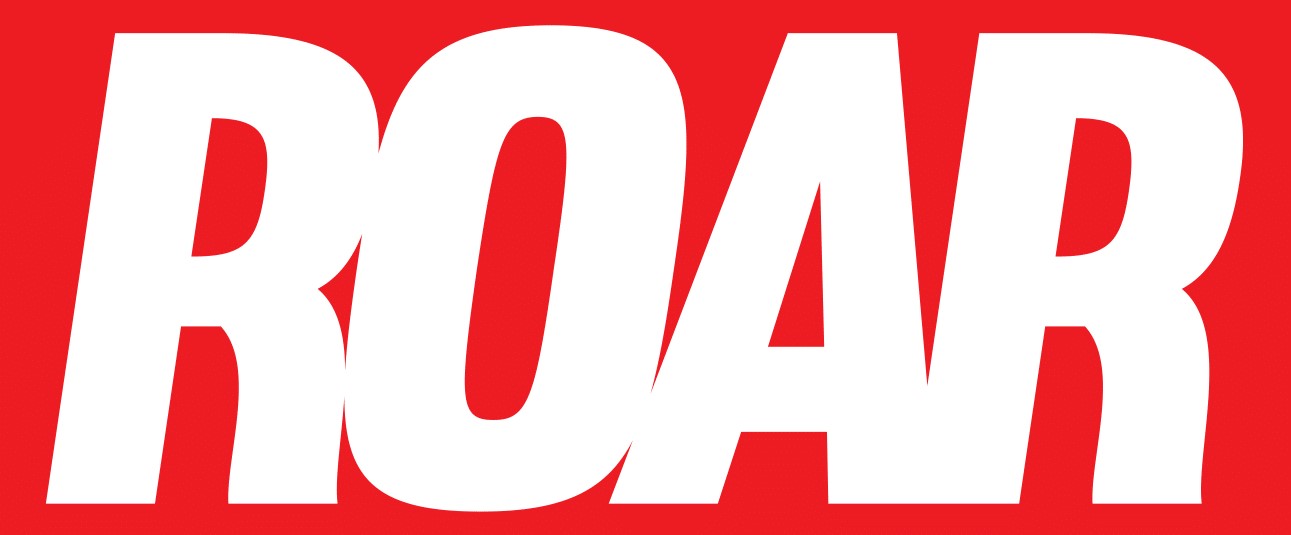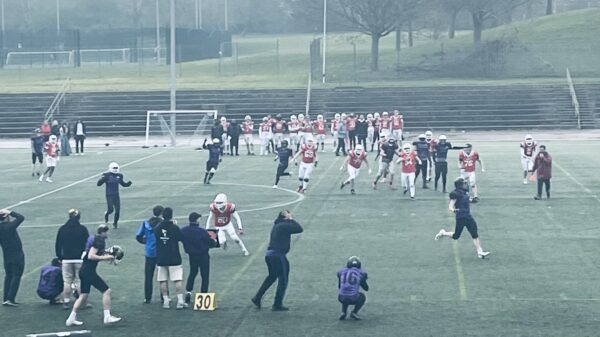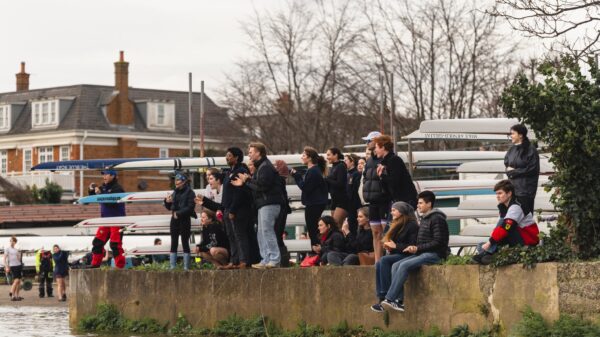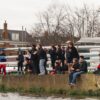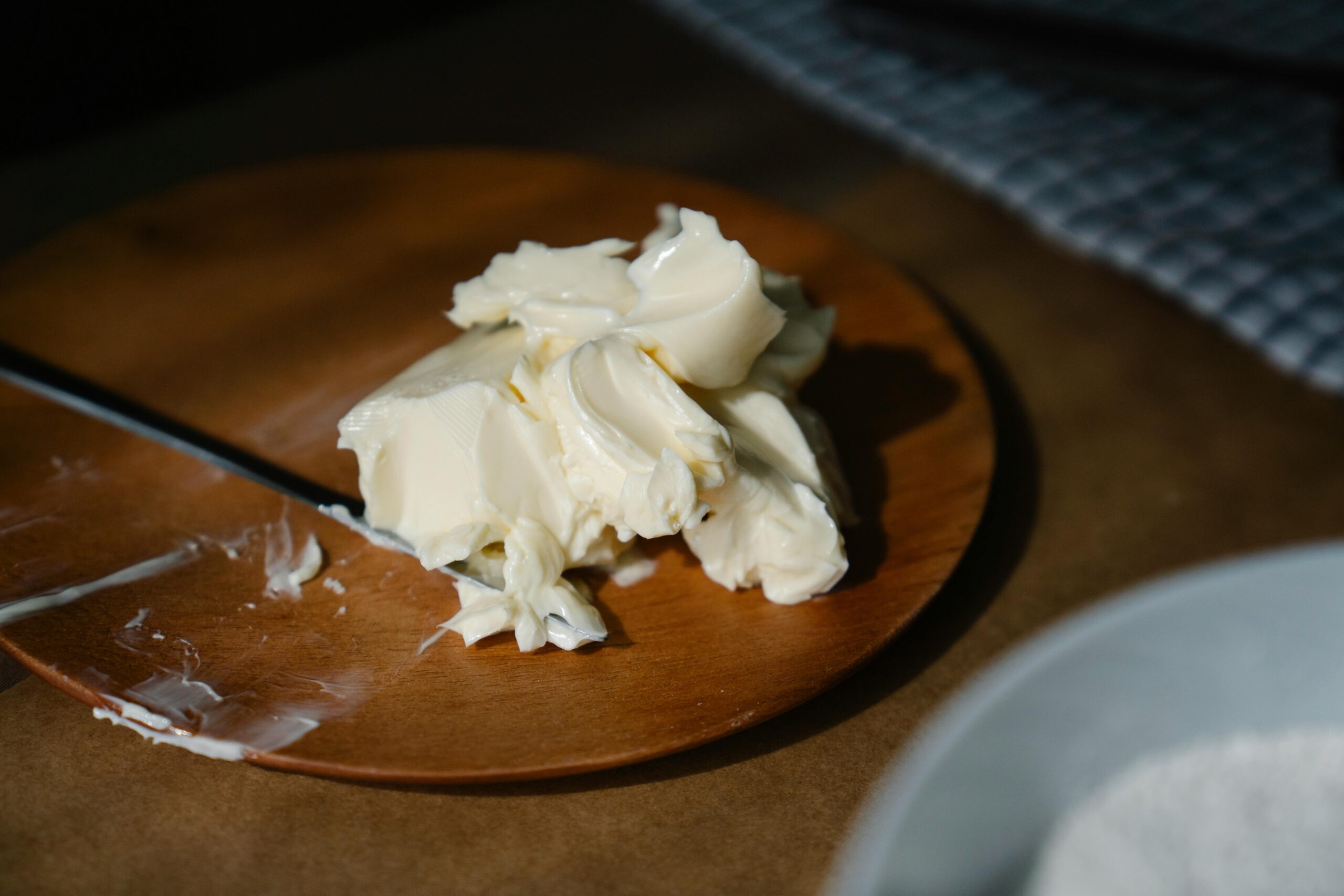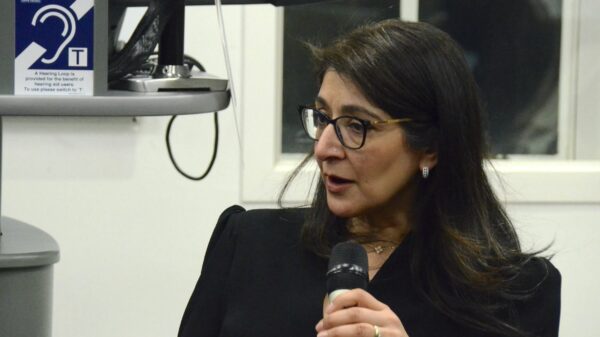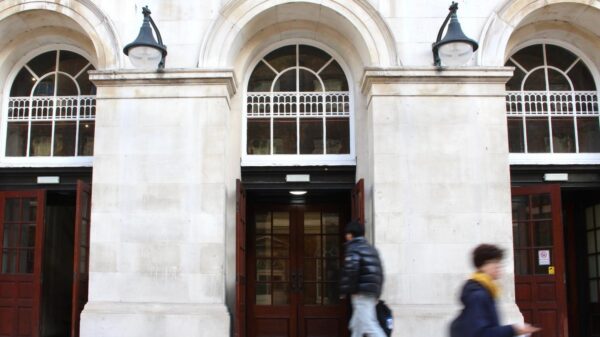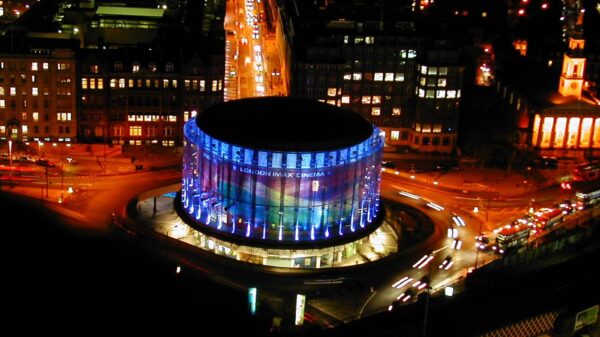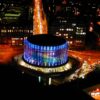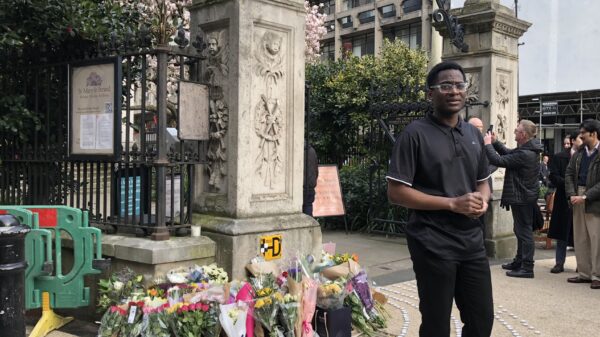Guest writer Charley Nash discusses art in Costa coffee shops.Â
Looking for the most ambient spot for coffee on Kingsway, based solely on art and nothing else? I have you covered. I present to you an exploration of art in coffee shops around the Strand campus: the guide to café art that you never knew your life was missing.
Alongside music, generic art in chain coffee shops is a fundamental part of the café experience. I suppose you’re thinking, “Yes, but Charley, cafés aren’t supposed to be art galleries,†(which is true), but I assure you that once your eye has been trained to see café art, it cannot be unseen (and if I have to live with it, you do too!). An example: my mum sent me a WhatsApp this morning with a photo of some artsy coffee bean wooden cut-outs on the wall of our local Costa with the caption: “Artwork of slabs of meat in Costaâ€. She was on to something. They did look like slabs of meat to an eye trained in coffee shop decor. I have scoured the internet (putting my KCL Jstor subscription to good use) for the psychological/economic factors behind the art in cafes, but have found nothing. This either means I’m a genius or a fool.
A small disclaimer: I am by no means qualified to judge art. My credentials include, not to brag, (barely) having an art A-level and (definitely a brag) knowing the year Michelangelo—of the non-Teenage Mutant Ninja Turtle kind—was born without Googling. Of course, beauty is, as some wise person once said, in the eye of the beholder. Unfortunately, that beholder today is me.
So, let’s start with Costa Coffee. I find myself sat in the Costa on Kingsway quite a lot; this is mainly because I have the app and can collect beans (I am a sucker for a freebie). The art is like that of most other Costas, although I have not seen the light installation—a wooden grid with dangling coffee cups and rustic naked bulbs—anywhere else before, tragically. Gone are the days of beige canvases with artsy collages of baristas making coffee, generic Italian towns, and a close-up of a coffee machine. Costa has gone modern. Picture the meeting where they decided that everything, absolutely all the art, would be printed on wooden panelling (to match the wooden dado rails).
I could dissect every piece of artwork, but that would surely reveal that I have far too much time on my hands. Instead, I’ll pick my top three. There is a triptych of wooden art on one wall, all different sizes, displayed vertically, slightly askew. Each printed with a funky graphic illustration of a different part of the coffee-making process. One is a cocoa powder shaker, free of surplus dust, another is a bean stencil (for the aforementioned cocoa powder) and the final is, on a terracotta background, the stampy thing they use to push the coffee down before it goes in the machine (can you tell that I was a barista for one month?).
Similar funky designs can be found on adjacent walls. These do not offend me. Averting my eyes slightly to the right, there is an image I find particularly unsettling. There is a wooden panel with two photographic images printed on it. One, three men, whom I do not know, wearing aprons and looking serious business; the other is of a horizontal road sign reading “Old Paradise Street,†and a quick Google will tell you that this is where their roaster was once located (until 2017). It’s in Lambeth. The really harrowing detail is the fact the whole board is covered by a brown-red filter/stain. Printed on the wall underneath is a quote in two different fonts: “HANDCRAFTED COFFEE Every cup a work of craftâ€. Make of that what you will. I could tell you about the community board (a detail that I enjoy), but instead I draw your attention to the equally offensive bright orange wooden board behind me. This time we have an image of a Costa shop sign on a nondescript high-street (I used context clues to work this out). This overlaps onto an image (background removed) of a decapitated barista whacking a cocoa powder shaker, made up of dots. Roy Lichtenstein, step aside.
I suppose the artwork in Costa screams “fun with friends! We are friendly and cool! We care about the crafting of our coffee and you should, too!” Therefore I, of no power or influence whatsoever, conclude that it’s altogether non-offensive.
Charley Nash
